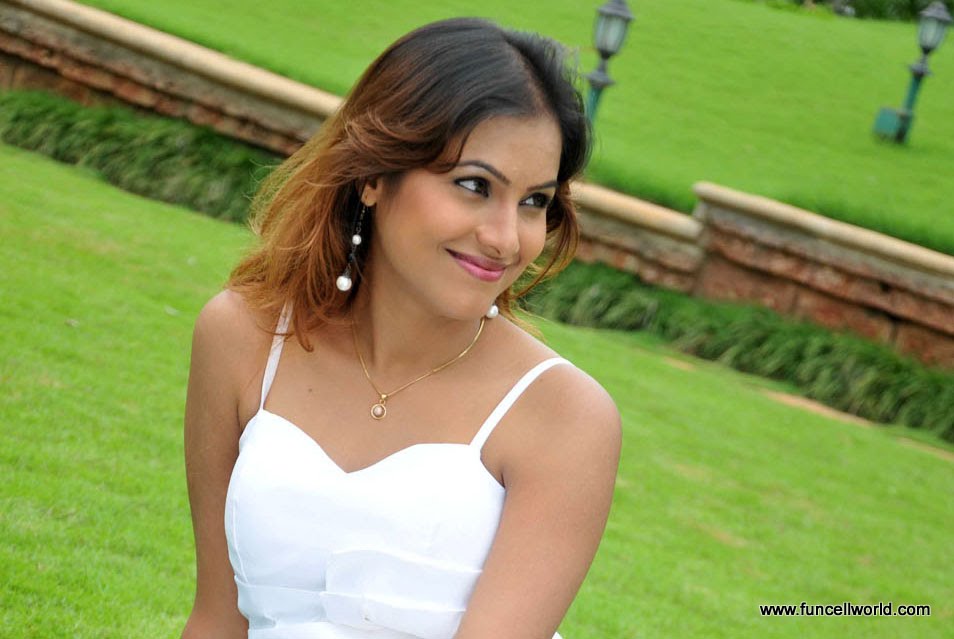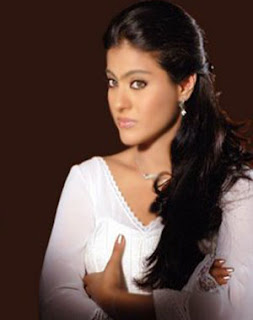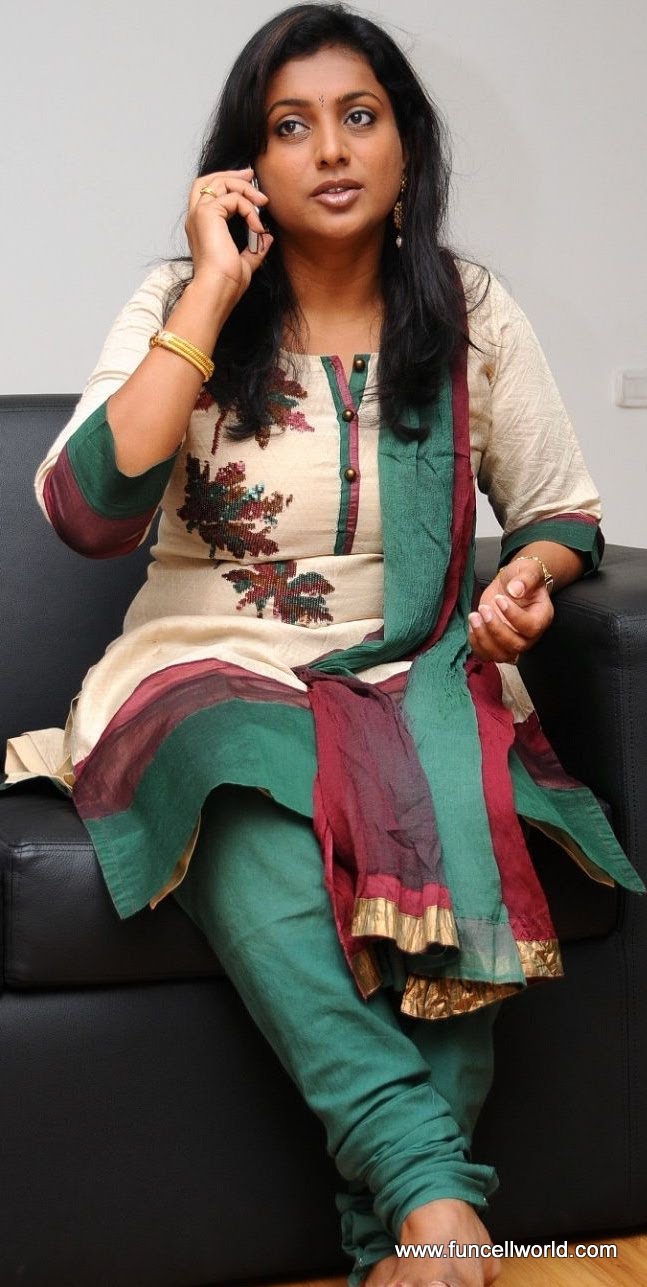
Traveling to India? It's important to realize that many of the clothes that we wear at home are not appropriate for India, either in terms of the climate or in terms of the culture. As far as the culture is concerned, India is simply not a country where one can safely go around dressed as most of us do in the West, so it's important to be familiar with the Indian dress code and the reasons behind it. Moreover, many styles of dress that are perfectly acceptable in the West are downright offensive to most Indians. For this reason, you may be better off buying clothes once you arrive. A great excuse to go shopping-and clothes are so much cheaper than back home.

Whether you believe it should or not, how you dress profoundly affects how people respond to you (this is even more the case in India than in most other countries). Women who dress and act modestly are much more highly regarded than those who flout the cultural norms, and they are safer from sexual harassment. Wearing clothing that is indecent by Indian standards is insulting to the culture, and it also gives men the idea that you are available for sexual favors to anyone who wants you-even if your behavior emphatically indicates the opposite.

It's true that many girls and women-especially in Mumbai and Delhi and other places that see a lot of tourists, as well as on college campuses-have taken to wearing jeans with short tops, etc. However, as a visitor, you are already at a disadvantage due to common preconceptions, so it is much safer to dress a bit more conservatively. And don't look to Bollywood or fashion magazines for cues on how to dress; they have nothing to do with real life.

While it's OK to wear Western clothes most places, it's essential to wear them in a manner that is respectful to the very modest Indian culture. Virtually every Indian, including both men and women (not to mention several foreigners), to whom I mentioned my book (Enjoying India: The Essential Handbook) told me, "I hope you are going to tell the women how to dress!" Most Indians are much too polite to tell you to your face if you are inappropriately dressed, but they certainly notice.

Basic standards of modesty all over India require that you cover your knees, upper arms, shoulders, cleavage and midriff. It's acceptable for your midriff to be exposed when wearing a sari, but not otherwise. Shorts and short skirts are not acceptable. Underwear should always be worn discretely under your clothes where it belongs, and it should not show at all; moreover, a bra is essential unless you are as flat-chested as an eight-year old. Tops should not show your cleavage or be too tight or revealing. Leave your sheer blouses, shorts, spaghetti-strap dresses, bikinis, tank tops, etc., at home. While sleeveless tops are becoming more common in some of India's big cities during the hot season, in general they are not acceptable; however, short sleeves are usually OK.

When wearing pants, go for loose, tunic-style tops that cover your crotch and buttocks. At home, many of us like to wear our blouses neatly tucked into jeans or slacks, but here, it's better to let them hang out. One great advantage of wearing long tops is that they hide the fact that your underwear is visible through thin fabric so you can wear lightweight pants in hot weather.

If you bring a swimsuit, it should be a conservative one, no matter where you plan to wear it; a one-piece is preferable. On the way to or from the beach or pool, or whenever you are interacting with locals, put something modest on over your swimsuit. Bikinis are not acceptable, even in Goa, where many women wear them.

In certain conservative locations and in many places of worship, you will also need to cover your head. Observe what the local women do, and do likewise.

Traditional Indian clothes are more comfortable than Western clothes, especially in the heat. Even in extremely hot weather, having your arms and legs covered with very light cotton actually keeps you cooler than shorts and halter tops can. And most Indians love it when you wear Indian dress because it shows your appreciation of their culture. Wearing traditional clothing also serves as a great ice-breaker; many people will comment on it, and you will find that the comments are generally very appreciative.

If you'd like to try Indian clothes, you'll probably want to start with one of the two basic varieties of ladies' pantsuits: the salwar-kameez (a.k.a. Punjabi suit), which consists of a long tunic top (kameez) over baggy pants (salwar) which are banded at the bottom, or the churidhar-kameez, which has the kameez over skinny straight pants (churidhar) that are worn bunched around the calf and ankle. Incidentally, churidhars are mainly worn by young women and teens, and not so much by older women in most places. A scarf draped across the front completes the outfit; the scarf (chunni or dupatta) is an essential part of the ensemble, without which you may be regarded as an immoral woman, especially in small towns and villages.

In many parts of South India, as well as a few other places, ankle-length skirts (lehngas) worn with an overblouse and a large scarf are common. However, do pay attention to which styles of dress are worn by women of your own age to avoid unwittingly parading around in something considered childish or inappropriate. Long dresses are not traditional; the ankle-length dresses you see for sale everywhere are really nightgowns. While it's OK wear one, say, to the corner market for some milk, or while having morning chai with friends on the veranda, it's not acceptable to wear one all day.
.jpg)
The sari, which is arguably the most beautiful style of dress in the world, is the most common form of women's clothing; it's worn almost everywhere in India, although it's wrapped in different ways according to local custom. Saris are comfortable and easy to wear once you get used to them. It's fun to learn to wrap one, and any Indian woman will be happy to show you how to do it.
Incidentally, those long, plain cotton 'skirts' that you see for sale are actually sari petticoats. They may look like long skirts, but they are undergarments that are worn under saris. If you wear one as a skirt, people will stare at you mercilessly. Only an extremely poor woman who had nothing else would ever wear one as a skirt.

A conservative Western-style dress or business suit (i.e., below knee length and not too tight or low-cut) is appropriate for doing business in India. If you prefer a pantsuit, it should cover your buttocks and crotch.

For social meetings with business associates, you can wear conservative dresses, or nice pantsuits, either Indian or Western style. Long pants and modest tops are the norm for sports activities; shorts are not acceptable except in some exclusive health clubs (but you would normally change there rather than wearing the shorts en route). See what the Indian women you are working with wear for casual attire and follow their example-as long as it is reasonably modest, of course. Evening attire may be extremely fancy, depending on the occasion; saris can be worn for many celebrations.




.jpg)


.jpg)


No comments:
Post a Comment